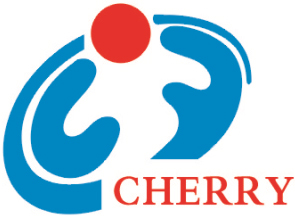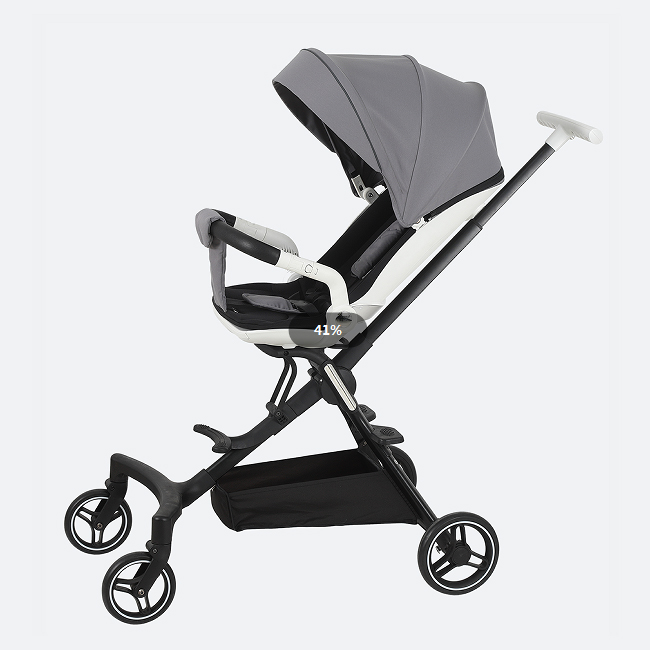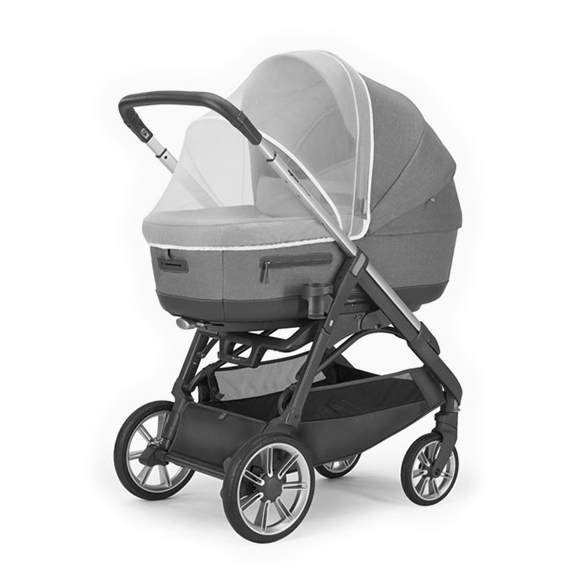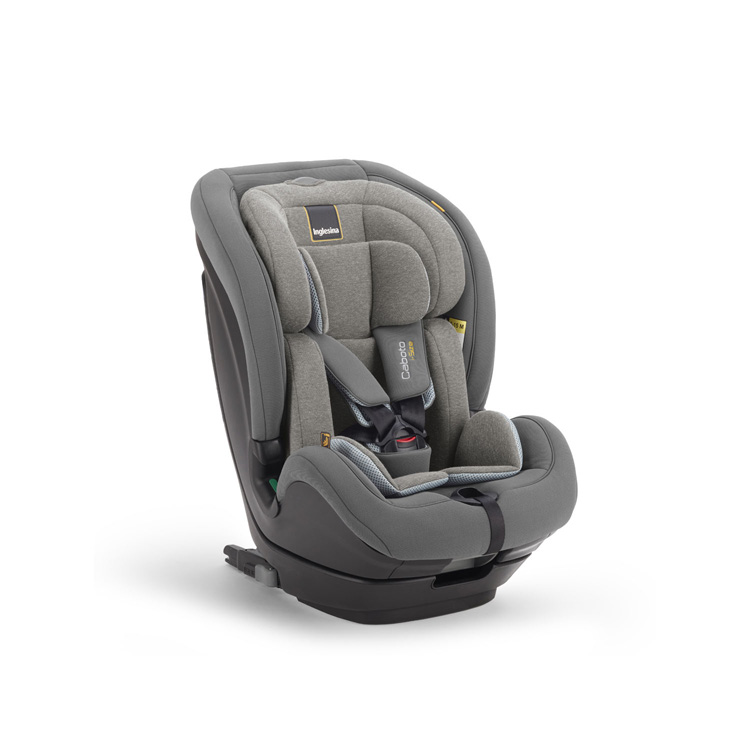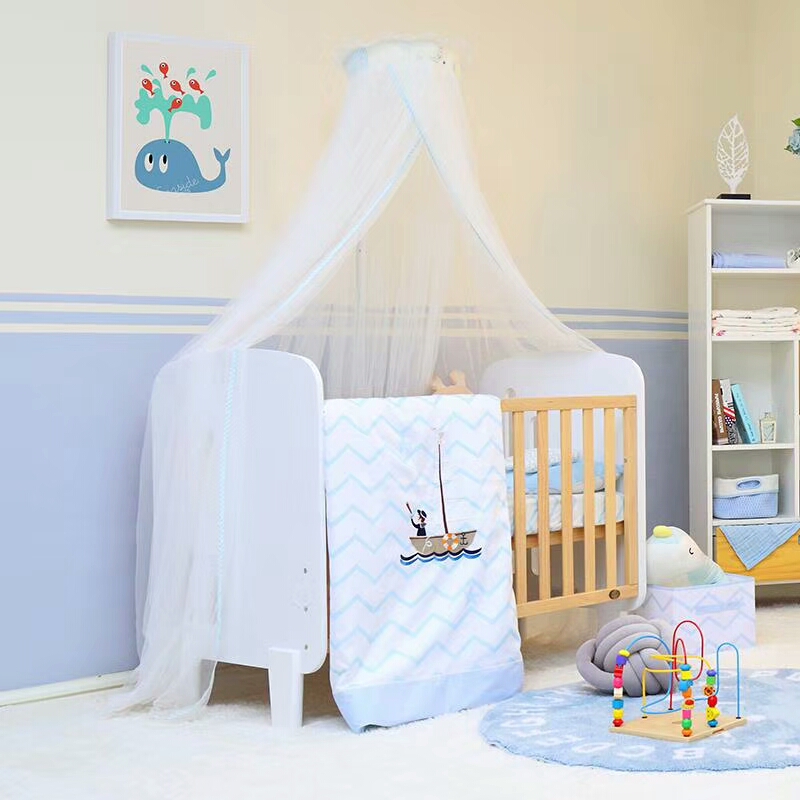How Safe Are the Clothes Your Baby Wears? A Deep Dive into Infant Textile Safety
Introduction
For parents, the quest to safeguard their infants' well - being is a never - ending journey. Amidst the sea of baby products, infant textiles often seem like a mundane choice, yet they hold the key to a hidden world of potential risks. In this exploration, we'll peel back the layers of safety standards, unearth lurking hazards, and explore the latest trends shaping the world of infant clothing.
Understanding the Standards
What are the Key Standards for Infant Textiles?
The global landscape of infant textile safety is a patchwork of regulations designed to protect the tiniest consumers. In the United States, the Consumer Product Safety Commission (CPSC) wields a vigilant eye, enforcing rules on flammability, lead content, and the security of small parts. Their testing protocols simulate real - world scenarios, ensuring that any garment labeled for infants can withstand the tugging and chewing of curious little hands.
In Asia, China's GB 31701 - 2015 standard stands as a beacon of safety. By categorizing infant textiles into Class A, it mandates strict limits on formaldehyde (≤20mg/kg), precise control over pH levels to match the baby's skin acidity, and rigorous color fastness tests. These standards are regularly updated, with experts poring over emerging research to adapt to new threats.
Why are These Standards So Stringent?
Formaldehyde, a common textile additive, can cause immediate reactions like rashes and long - term respiratory issues. A study by the World Health Organization found that infants exposed to high - formaldehyde environments were three times more likely to develop asthma in early childhood. These startling statistics underscore the need for strict regulations.
Common Safety Hazards in Infant Textiles
Chemical Hazards
Formaldehyde: Beyond its well - known skin - irritating properties, formaldehyde is a master of disguise in the textile industry. Used to create wrinkle - free fabrics and vibrant colors, it can linger in the fibers for months. In a recent independent laboratory test, 15% of budget - priced infant onesies were found to exceed the GB 31701 - 2015 formaldehyde limit, a concerning statistic for price - conscious parents.
Phthalates: These stealthy plasticizers are often found in the printed designs and elastic components of baby clothes. Research has shown that exposure to phthalates can disrupt the endocrine system, potentially affecting hormone production. A 2023 study in the Journal of Pediatrics linked phthalate exposure in infants to delayed motor skill development.
Heavy Metals: The allure of bright, colorful prints on baby blankets and bibs can hide a dangerous secret. Lead, cadmium, and mercury, used in some dyes, can accumulate in a baby's body over time. A single high - lead - content garment, if mouthed frequently, could expose an infant to levels approaching the safety limit in just a few weeks.
Physical Hazards
Small Parts: Buttons, beads, and sequins may add charm to baby clothes, but they can turn into deadly projectiles. A tragic case study from a children's hospital revealed that small parts were the leading cause of choking incidents in infants under 12 months. The average time between a part detaching and a child ingesting it was less than 30 seconds.
Sharp Edges and Points: The seams of a poorly constructed onesie can become a battlefield for a baby's soft skin. Unfinished zippers, rough buttons, and protruding threads can cause painful scratches. A survey of new parents found that 40% had encountered a sharp edge on at least one baby garment, leading to minor injuries.
Flammability: With babies often in close proximity to heaters, candles, and other heat sources, flammable clothing can quickly turn a cozy moment into a nightmare. In one fire incident, a baby's flammable sleepwear ignited from a nearby lamp, spreading flames across the fabric in seconds. This harrowing event led to stricter flammability standards in many countries.
Biological Hazards
Moisture - laden baby clothes left in a hamper for too long can become a breeding ground for bacteria and fungi. A microbiology study found that a damp onesie left for 24 hours can host over 100,000 colony - forming units of bacteria, including strains that can cause skin infections. Improper storage and washing practices can quickly turn a clean garment into a health hazard.
Consumer Trends in Infant Textile Safety
Organic and Natural Fibers
In an era of heightened awareness, parents are increasingly turning to organic and natural fibers. Organic cotton, grown without synthetic pesticides, has seen a 30% increase in demand over the past five years. Bamboo fibers, with their natural antibacterial properties, are becoming a popular choice for baby bedding. A market research firm reported that 65% of new parents are willing to pay a premium for organic infant textiles.
Transparency in Manufacturing
Today's consumers are no longer satisfied with a simple label. They demand to know the entire journey of a garment, from the cotton field to the sewing machine. Brands are responding by creating interactive websites that trace the origin of each material, showcase manufacturing processes, and display test results. A brand that offers this transparency has been shown to increase customer loyalty by 25%.
Function - Based Safety Features
Innovation in infant textile safety is on the rise. Flame - resistant sleepwear now incorporates advanced materials that meet strict standards without sacrificing comfort. Anti - microbial treatments, using natural substances like silver ions, are being applied to reduce the growth of bacteria. Some companies are even developing smart textiles with embedded sensors that can detect changes in a baby's body temperature.
Conclusion
The safety of infant textiles is a complex puzzle, with each piece - standards, hazards, and trends - contributing to the bigger picture. As parents, being informed is the first line of defense. By understanding the intricacies of safety standards, recognizing potential hazards, and embracing new trends, we can ensure that the clothes our babies wear are a source of comfort, not concern. The journey to protect our little ones is an ongoing one, but with knowledge as our guide, we can make choices that lead to a safer future.
